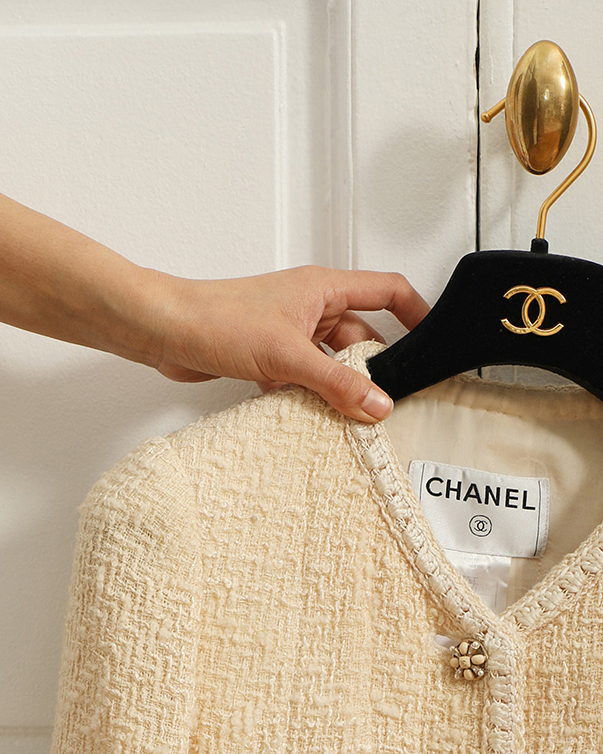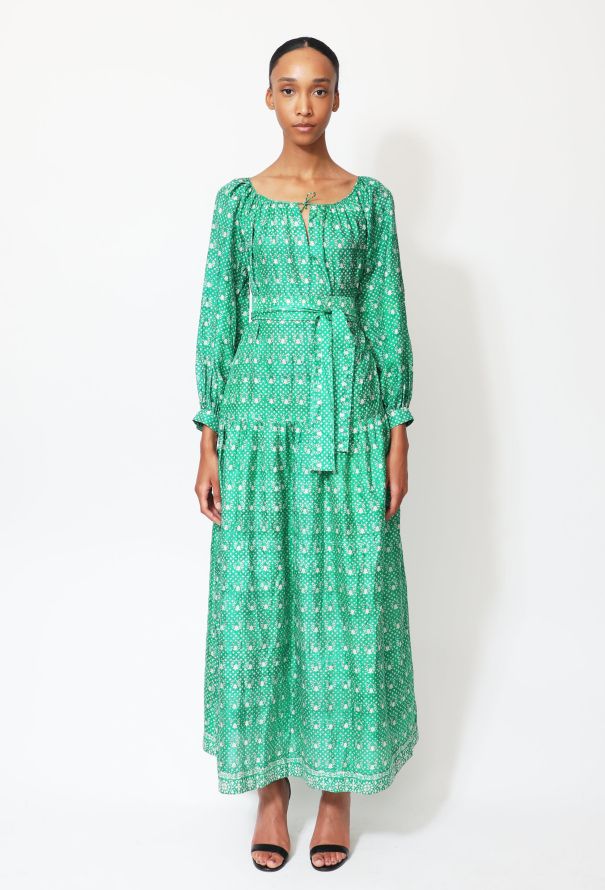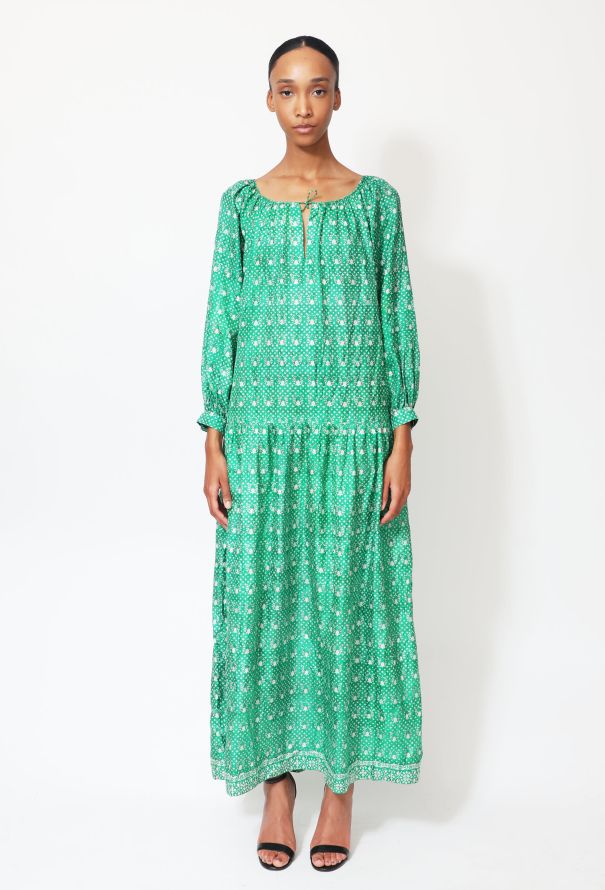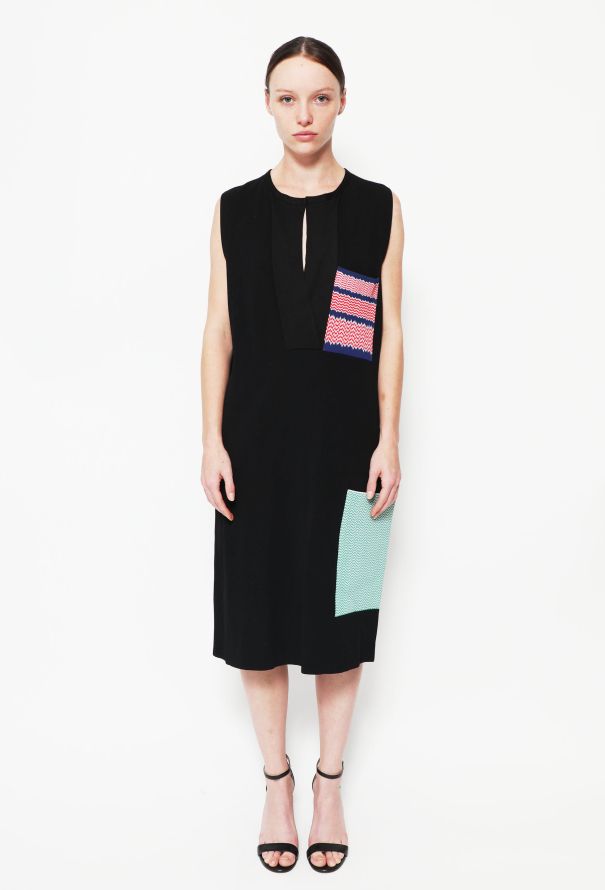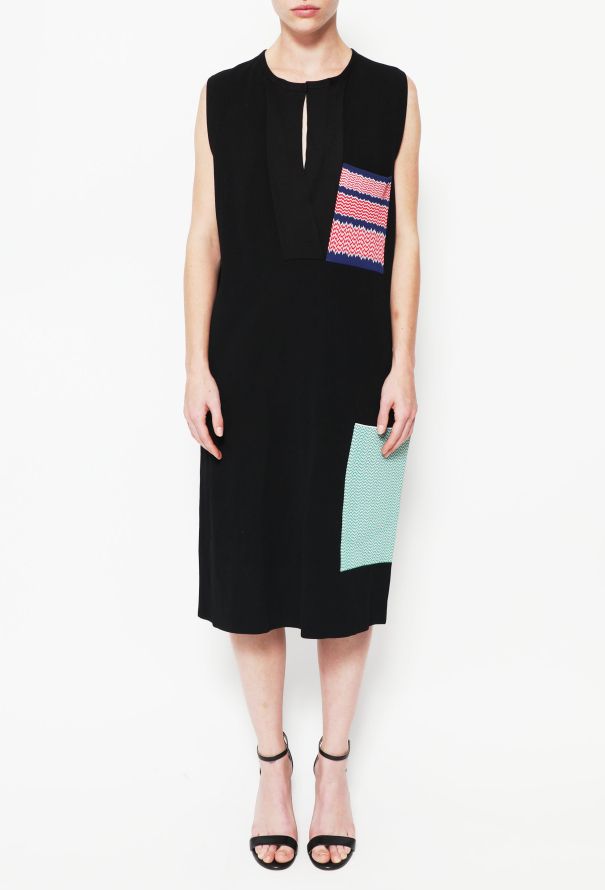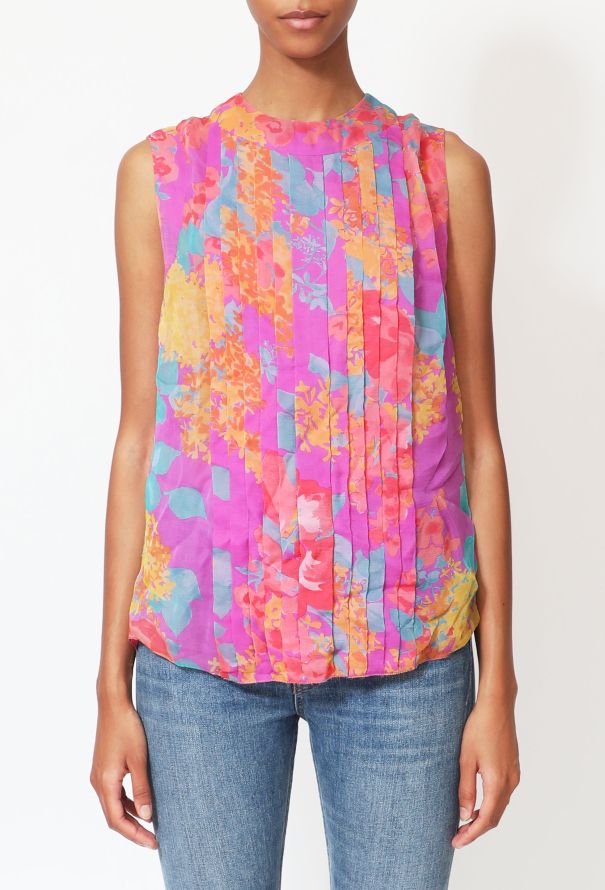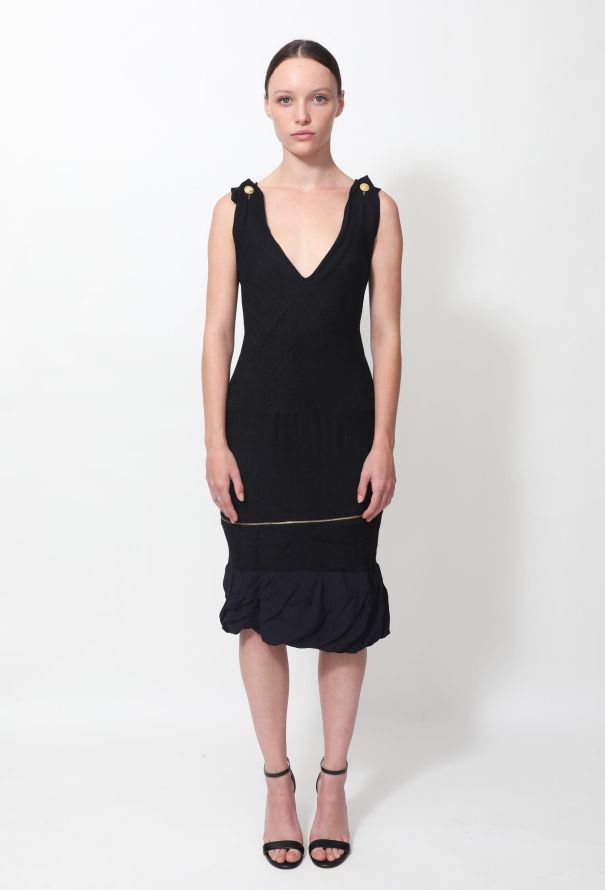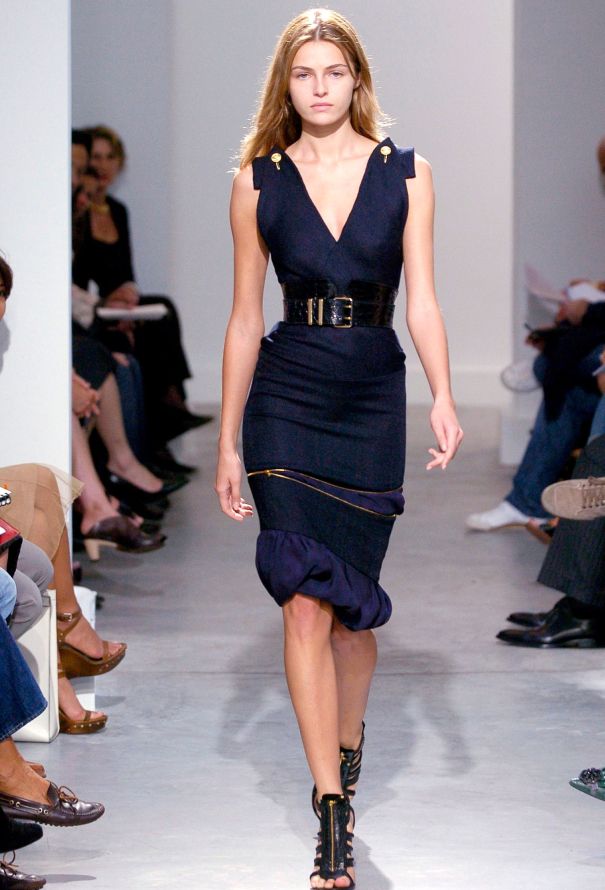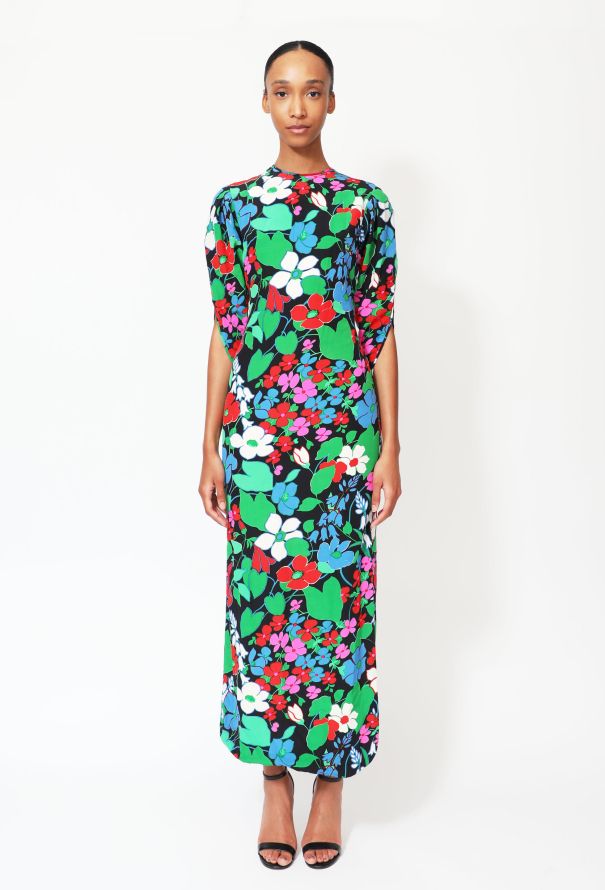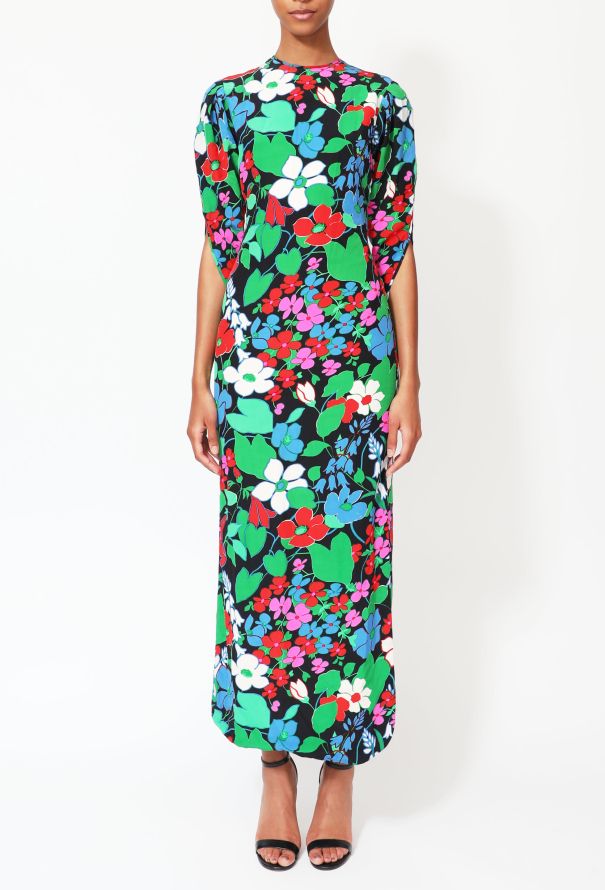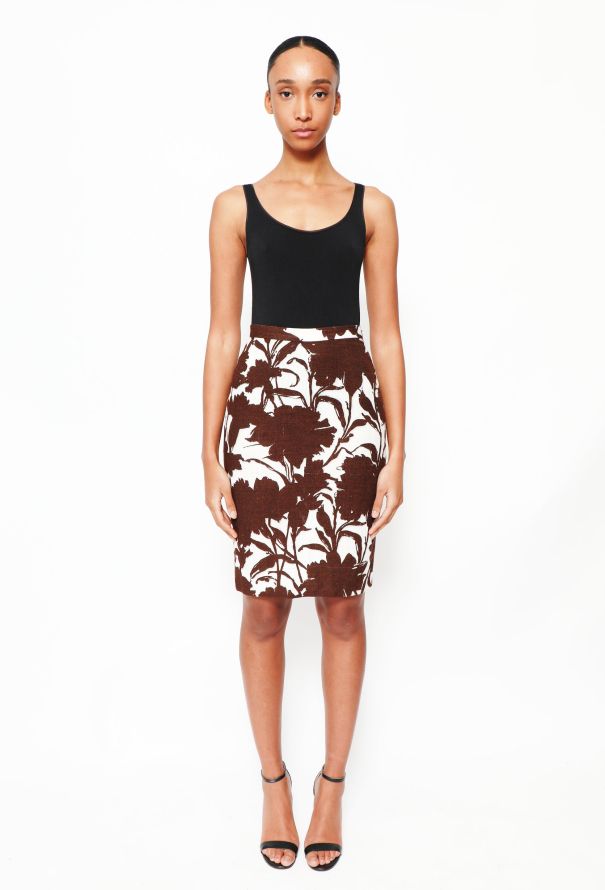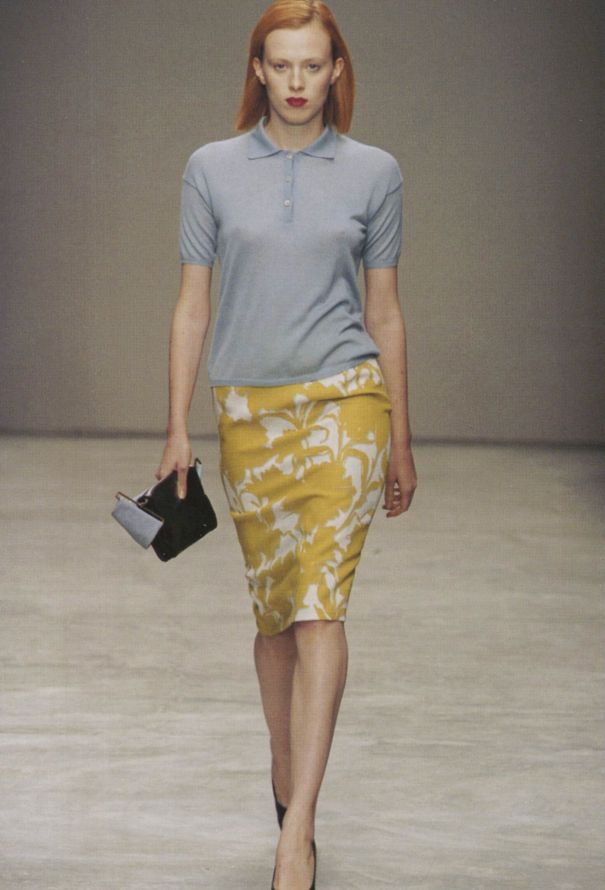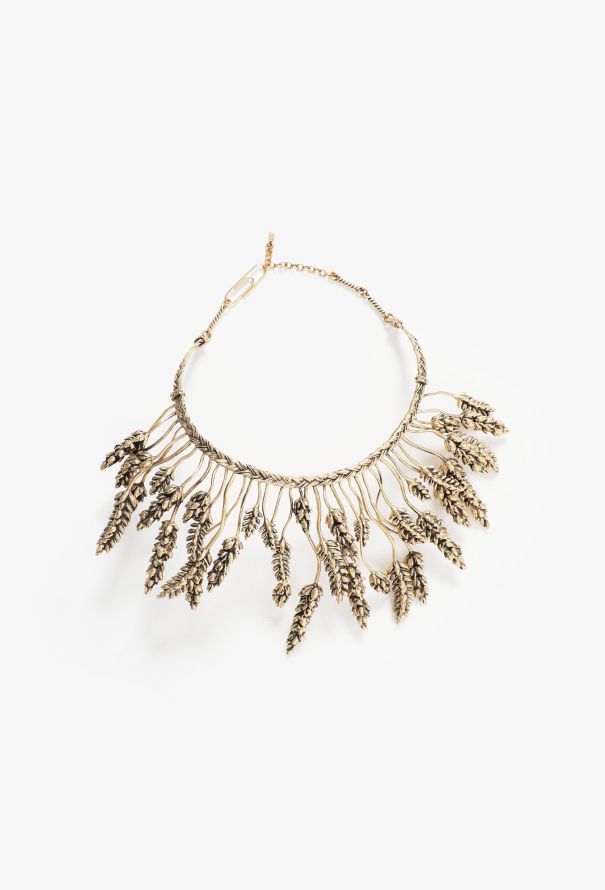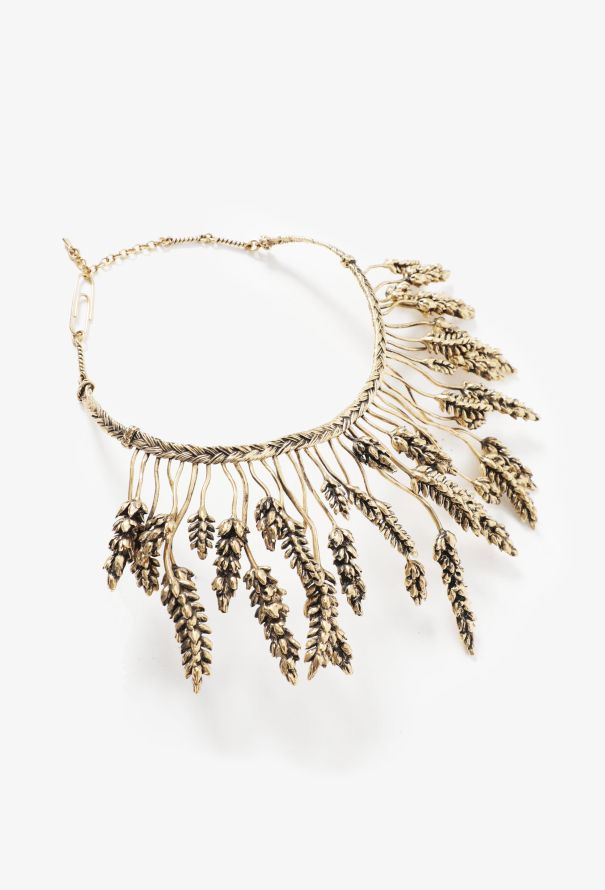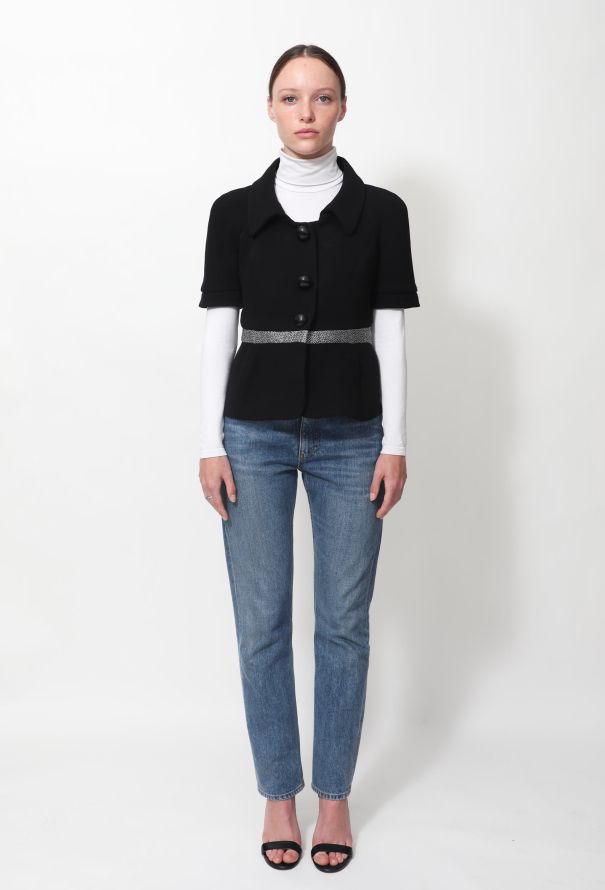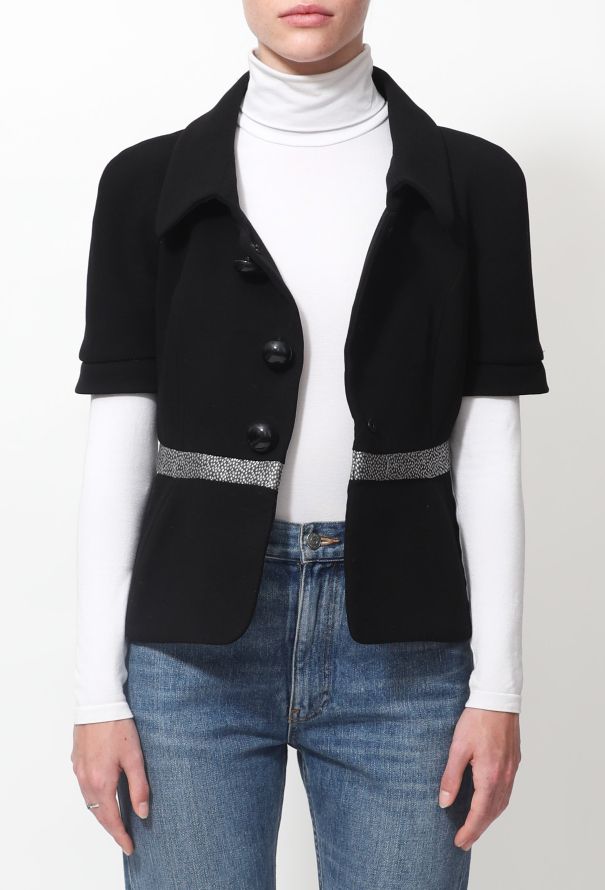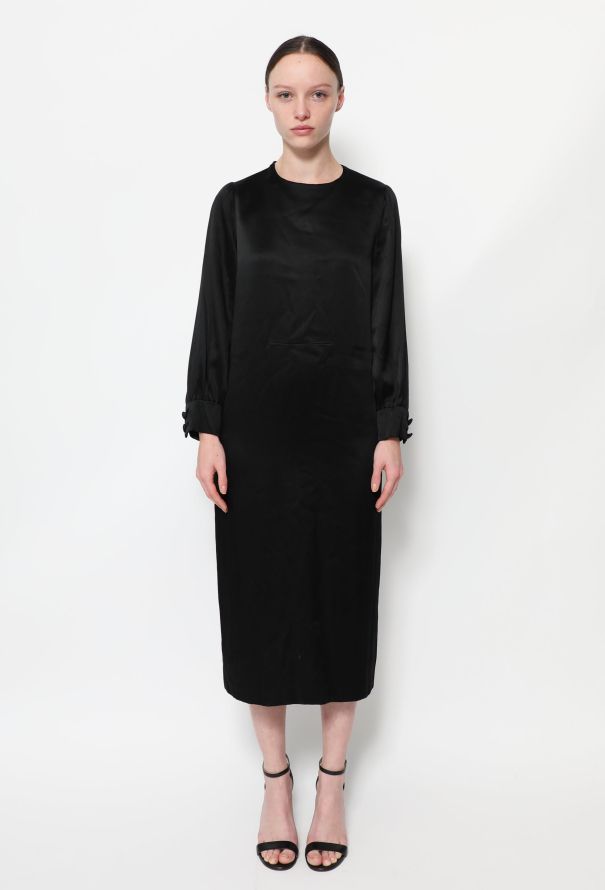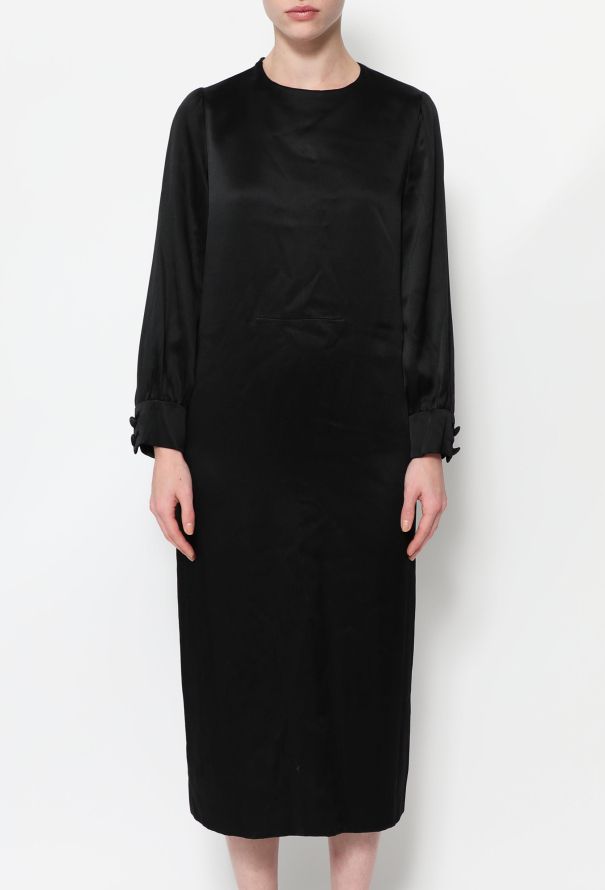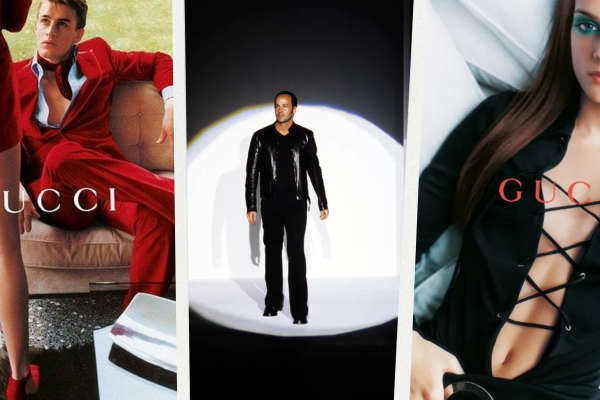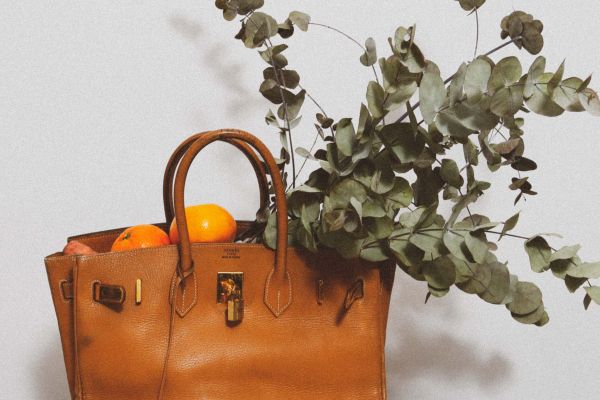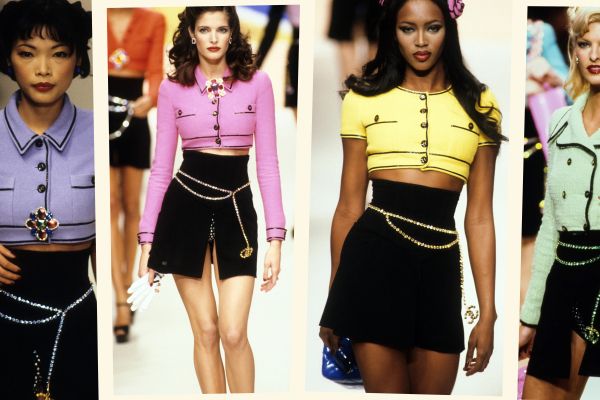The Seller Series: Bonnie Morrison
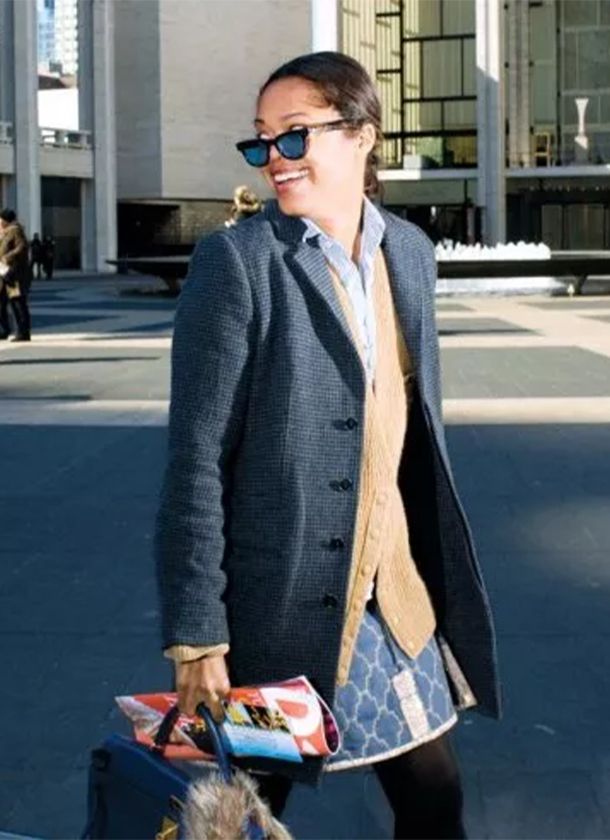
Photo credits: Brian Finke for Newsweek
At Resee, every one of our vintage pieces comes with a story. Perhaps that 1920s beaded gown had been in the same family for generations; the Céline patchwork leather dress is the very one that appeared in the house’s last Phoebe-Philo designed collection. As for the original Le Smoking tuxedo suit? It was made by Monsieur Yves Saint Laurent for Catherine Deneuve herself.
This is, in large part, thanks to our unmatched community of consignors.
Though parting with such sartorial treasures may not be easy, the exceptional personal care we put into ensuring that they will go on to live a second (or, sometimes even, a third, fourth, or fifth) life offers a thrill — one rivaled only by that of the besotted shopper who adds them to her wardrobe.
But don’t just take it from us. Here, in the Seller Series, our consignors — from industry titans to world-class collectors — open up their archives, revealing the items they gave up (and those perhaps they never will), and, ultimately, why they’ve chosen to place their inestimable trust in Resee.
When it comes to vintage, Bonnie Morrison says, “I search all over the map.” Such a far-reaching approach to securing second-hand pieces has awarded the fashion industry veteran and brand advisor in spades over the years. These days, though, as she’s honed her aesthetic, she’s whittled down her wardrobe to just a handful of timeless treasures. As she puts it, “Clothes are not meant to be in closets; they’re meant to be worn by someone, even if it’s not me.”
Below, Morrison discusses her ongoing love affair with vintage and how she decides to part with even the most cherished pieces.
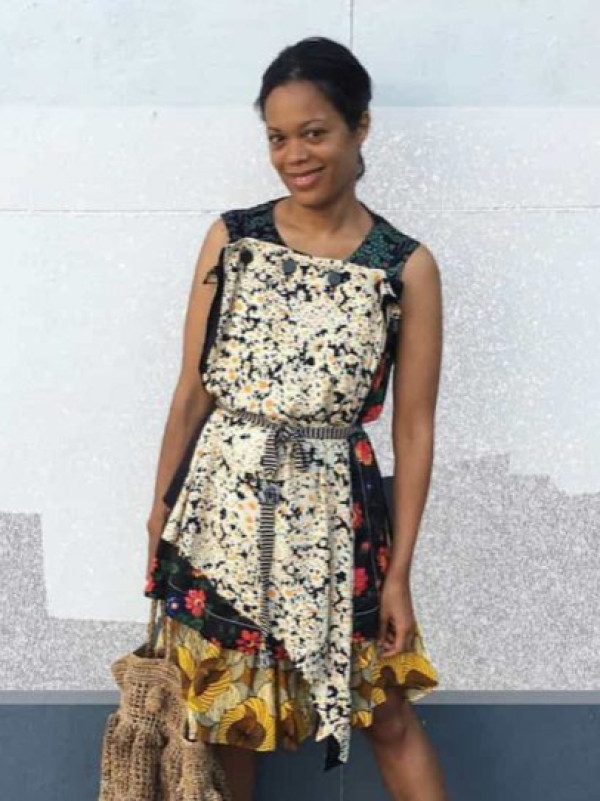
How did you get your start in fashion?
“I always wanted to work in fashion. That was my heart’s fondest wish from the time I was young, which is funny because no one in my family really knows or cares about fashion. [In fashion], you work for very little money and whatever money you do earn goes into supporting the industry. I was home for a family event recently, and everyone was like, ‘Oh my god, you look so nice.’ And I was like, ‘Yeah, I’ve built up quite the archive over the years.’
I grew up in San Francisco and was obsessed with fashion magazines. I read my first copy of Vogue when I was 8. In college, I had subscriptions to 12 magazines and read them all religiously; it was like my separate independent study program. At the time, I didn’t know enough about all of the components [of the industry], but I did understand what a magazine was; you looked at the masthead every month and understood that there were people who did sittings, or market, or bookings. I started as a roper at Condé Nast and then worked my way through a series of magazines. The last magazine I worked for was Mademoiselle, which folded in 2001 after September 11th, and then I went into PR, where I worked more directly with designers. I really got to see how collections were put together and to understand the vocabulary of individual designers. I always loved and bought clothes, but that’s when I got to get a little bit more specific.
Fashion seemed a little more straightforward in the 90s; now, very few people aspire to just design clothes and dresses. The perspective of a fashion designer and the influence of a fashion designer is a much different thing than it used to be—and people are more oriented towards aesthetics and taste and style now. It’s become more democratic, which has only elevated the position of creators. The way that that translates for me is that I don’t just work in fashion anymore. I learned a lot over the years about how the entire package comes together.”
When did you first start wearing vintage?
“I grew up in the 80s when we were all obsessed with John Hughes’s movies. You think about Andie, Molly Ringwald’s character, in Pretty in Pink; in her big moment, she combines her mother’s dress and the dress from Iona to make something new. Without even realizing that that was the vintage influence, per se, we thought, Oh, we could do that.
There used to be this enormous store called American Rag in San Francisco. They merchandised leather jackets, or 50s prom dresses, or military surplus, so whether or not you understood which era these clothes were from, you were able to develop a style, and your vintage could really express a point of view. It was a way to access particular trends because everything recycles and draws inspiration from a previous era or creator. This was the way that we, as young people, could start to explore and experiment. We spent so much time at American Rag; it seemed like the coolest place.
When I moved to New York in the late 90s, there were a ton of consignment stores where you could just go through racks, but I also began to understand eBay and where you could search for true designer vintage. Not everyone has the patience for the hunt, but the people who love it love it, and I love it.”
How do you incorporate vintage into your wardrobe?
“Even though I’m certainly not as immersed in the fashion world as I once was—and don’t have the energy or time to keep up with it in the way that I did when I was 22—I still love clothes. Right now, I’m sitting in a sweatshirt, Nikes, and Nili Lotan cargo pants—that’s what I wear most of the time—but I think there’s so much romance in clothes that are not your quotidian. I recently wore this Valentino dress, which I’ve had for many years, to my niece’s bat mitzvah. I’ve always loved the excitement of getting dressed up and the promise of a beautiful piece, even if you don’t have a specific intention or event in mind. There’s always a ‘looking forward’ with beautiful clothes, particularly with timeless clothes and vintage couture where the label tells you what year and season it came from. It’s kind of like adopting a shelter animal. There is some storytelling, even if you don’t know the story, and the story gets to unfold and have a new life. That’s meaningful to me, particularly in a time in which we’ve had a conversation about the disposability of garments. Why have we normalized it? I think there’s something very noble in having a connection to beautiful things made with care, and in hanging onto them or passing them on when they no longer work for you.”
What are some of your favorite vintage finds?
“I’ve passed along some of my vintage finds to RE-SEE, but that doesn’t mean that they weren’t my favorite. The thing about clothes is that you think they are going to have a place in your life, but they don’t always. Life is ever evolving. There is not one future that exists; we are always moving towards the future, and it’s changing as the days progress.
A lot of my pieces I bought new and are now vintage, which is kind of funny; the years do roll by. I have this pink silk bell-shaped skirt with roses on it from Prada’s 1995 collection that I treasure; I wore it for my first Condé Nast interview. I also have a beautiful Galanos black dress with buttons and a belt that’s super chic; some of his pieces are a little tricky because they feel very 80s, but they are beautifully constructed. I also have a beautiful Ferragamo cream-colored jacquard dress in pristine condition with all these couture details—that’s the fun of it, too: being able to see how these clothes were made. And then bags… I have an Hermès Berline, which I bought on eBay. It’s kind of banged up, but I carry it all the time, and people always say to me, ‘If you ever want to sell it…’
I worked for Pierre Rougier years ago when Nicolas Ghesquière’s Balenciaga was one of his clients. It was such a juggernaut then; every collection was such a sensation. People would make appointments in Pierre’s showroom on Bond Street just to see the details up close and how everything had come together. Balenciaga had managed its distribution so tightly that it was only available at a few places. There are Balenciaga pieces I missed and now look for, like an egg-shaped coat, which was on sale at Barneys and Karla Martinez ended up getting. But I still have a few pieces from those collections, like a silk sundress that’s probably almost 20 years old, and a linen version, which I wore all the time and felt so well-dressed in. I have some beautiful 40s dresses, too, that are no-name from vintage stores in Dublin and Vienna.”
Why did you start consigning?
“It’s the confluence of a bunch of things: sustainability, Marie Kondo, spending more time at home during the pandemic… There were things that I used to buy because I love fashion and was raised on fashion magazines but then realized I’m not really that type of person. Or there were certain things that I really did love but then thought, Am I really going to wear this again? I think you always have to be in that conversation with yourself: Does this still work for me?
RE-SEE will find the customer who has the same excitement I had when buying it. Their clients really appreciate fashion—it’s not just people who are looking for a deal, but it’s people who are like, ‘Oh, that’s the grail piece that I’ve been looking for.’ Everyone who really loves fashion has the pieces that got away or an era of a particular designer that they obsessively look for. It’s a good exchange of energy. There’s still anonymity in the transaction, but it just feels right. Clothes are not meant to be in closets; they’re meant to be worn by someone, even if it’s not me.”
How do you decide when to part with a piece?
“My system is that I try everything on again. I give every piece another chance and look at it from all angles because that’s the way that you don’t make any regrets. You get to run it through a process of could this work?
I’ll examine myself in the mirror and first ask, Is there another way into this? There’s a Peter Copping-era Nina Ricci dress that I never wore but realized would actually work if I turned it around—and it needed a waist, so now I pair it with an Alaia belt. Sometimes other components come into your life that make a piece make sense and, all of the sudden, take on a new life.
Other times, I’ll try a piece on and think, I know I’ll never wear it, but this holds significance. There’s no rhyme or reason. Maybe it has emotions attached to it because I wore it at a particular place with a particular person—or I might just like it and it speaks to me.
It’s rare that I say, Oh, I never liked this, but there are some things that just feel dated. My mother used to say, ‘If you were there for the first round of the trend, you can’t wear it a second time.’ For my purposes, things need to be more timeless so that they don’t feel like a costume on a woman in her late 40s. There are also things that you realize never really suited you or are just too small or too big. Your body changes.
The questions might be different for every article of clothing, but you at least give it a fair hearing. Once you’ve done that, the answer is intuitive and very clear.”
What are some of the pieces you’ve consigned?
“I consigned an Oscar de la Renta embroidered dress, which was very pretty, but I thought, This is a fun party dress and it deserves a fun party. I’ve actually consigned a lot of fun party dresses, like this beautiful corseted Tula dress, which I believe to be one of a kind. There were also a lot of Balenciaga pieces, which were really incredible but so of the moment that they came from—we’re talking shoulder pads and military buttons and a lot of pizzazz. There are people who love fashion with a capital F, but I don’t think I’ve worn a high heel in three or four years.
I’m far from an Hermès collector, but I decided to stop buying It bags and instead buy bags that were timeless. An Hermès or Chanel bag is clear in its purpose, and, if for some reason it doesn’t work for you, you just release it and it will find a home. I had a Plume that I didn’t carry, so I gave it to RE-SEE. It’s like people with 10 homes: Are you really going to be able to enjoy all of them? So, I have one; I don’t need another.
I’ve also given some things that are a bit more obscure, like Pauline Trigère. Vintage YSL and Dior will always be wonderful, but there are also some unsung heroes of the vintage world that I had gotten into over the years. When the style or fit stopped working for me, I passed them along.”
What’s something you’d never give up?
“I remember the era of the Marc Jacobs Venetia bag and having to get one of the last ones from San Francisco. It was, like, $965 in 2000 or 2001, and I thought, This is the last bag I’ll ever need to own because it’s so chic. I was working as an editorial assistant and had no business buying it, but I carried it everywhere. Now, I look at it and it seems like a relic. It’s almost like someone who you used to be crazy about and now you’re like, I dated that person?! It’s in the worst condition, but I’d still never give it up because it has so much symbolism and was such an important piece.
There is a Prada black silk dress with red cabbage roses and a high collar. It’s so easy. I wore it to my 25th college reunion last year and thought, What a delight to wear it again. It was appropriate for a reunion to be reunited with something that had a lot of nostalgia. Prada really is an emblem of the 90s, which is when fashion was such a dream and was everything that I aspired to and how I saw myself as an adult. If you were dressed in Prada, everybody recognized it; even if it was anonymous, it was like, ‘Of course that’s why you look so good; your black coat is Prada.’
A lot of people associate Prada with minimalism, but I think the pieces that are ornate and quite baroque are even more stunning, like this box-pleated skirt of mixed materials I have that’s just so beautiful. There would certainly be plenty of people who’d be excited to give these pieces another chapter, but when I try them on I’m like, No, you can’t get rid of those. Those are the pieces that, for the time being, are remaining in residence. But you never know.
When I worked for Pierre, I also worked on Dries Van Noten’s account. My Dries collection is not something I wear a lot, but those are the clothes I don’t get rid of because they’re really invested with so much emotion from that wonderful experience. I don’t care if I wear them again; they remain so important to me, which is not usually how I look at my clothes. It’s almost like something I wore on my wedding day. There’s a reverence and memory and nostalgia and history to those pieces for me.”
Shop Bonnie's Closet
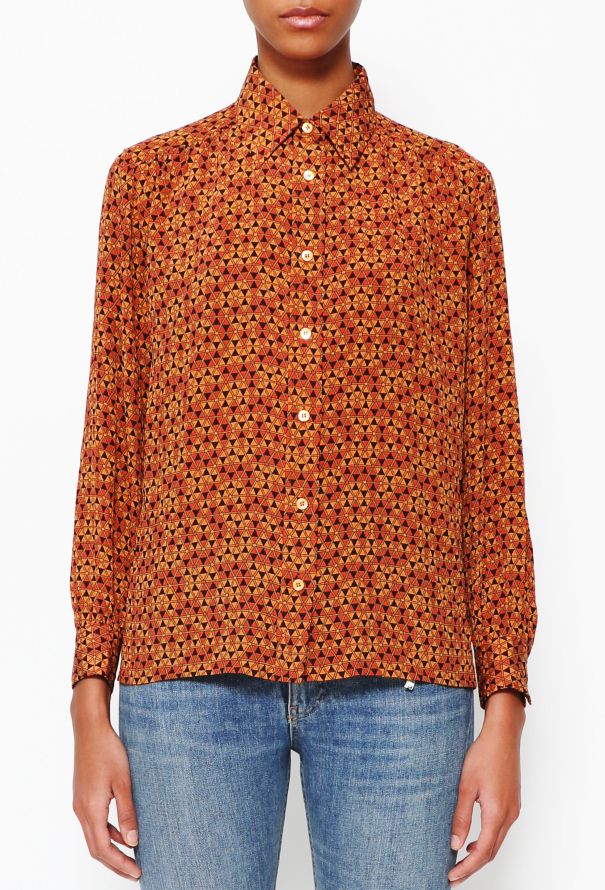
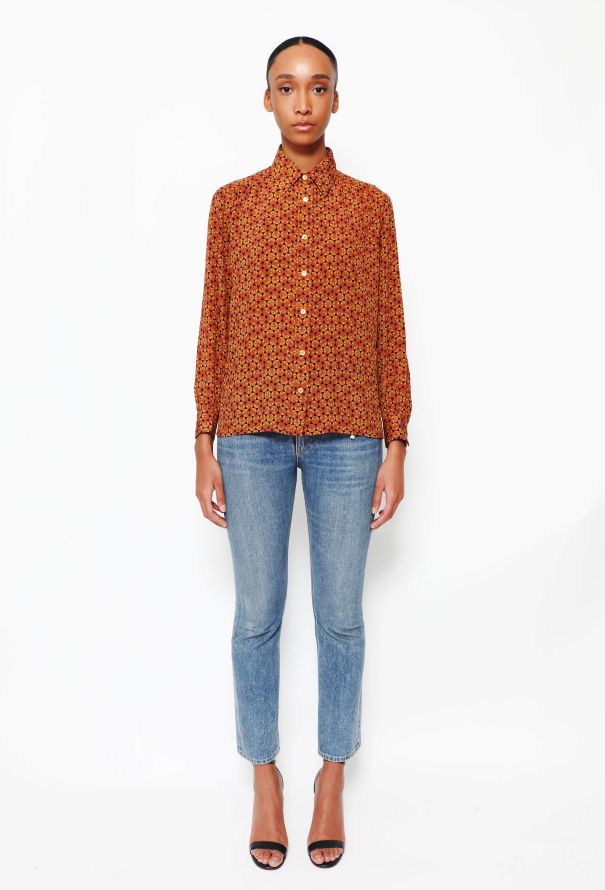
Céline
Vintage Graphic Silk Blouse
Size: 40 FR
At ReSee, every one of our vintage pieces comes with a story. This is, in large part, thanks to our unmatched community of consignors.
Though parting with such sartorial treasures may not be easy, the exceptional personal care we put into ensuring that they will go on to live a second (or, sometimes even, a third, fourth, or fifth) life offers a thrill — one rivaled only by that of the besotted shopper who adds them to her wardrobe.
Sell with us